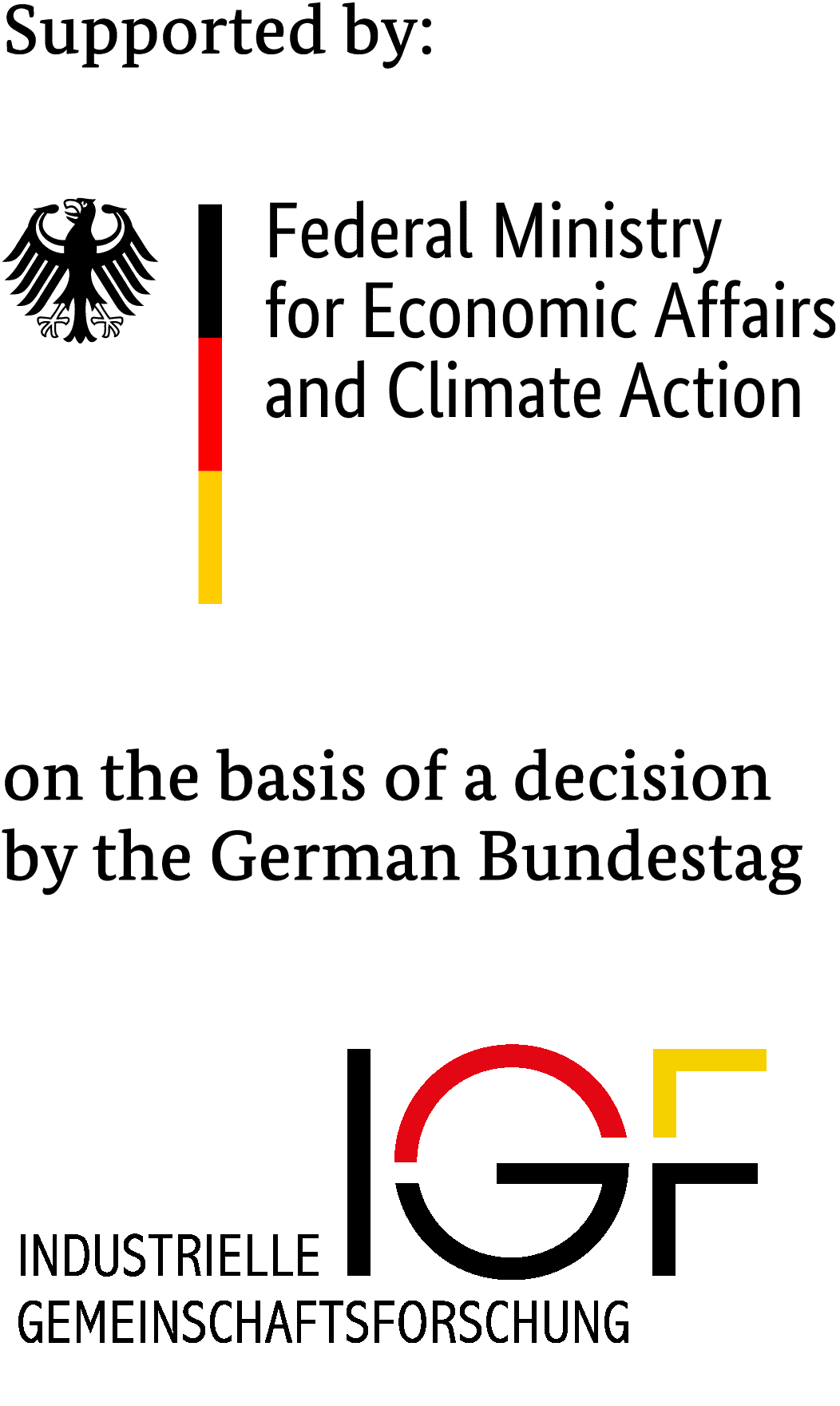There is a consensus on the key role of carbon capture, utilisation and storage (CCUS) in the reduction of industrial CO2 emissions [1]. An aggregated CO2 amount of 1.8 Gt until 2030 and 12.2 Gt until 2050 must be captured to meet ambitious CO2 reduction targets, while 40 % of those emissions cuts must take place in the European industry [2]. In 2016, around one-fourth of the CO2 emitted from major industries was related to cement production [2].
AC²OCem - Accelerating Carbon Capture using Oxyfuel Technology in Cement Production
The project investigates the existing 1st generation oxyfuel technology and an innovative 2nd generation oxyfuel concept with the ultimate goal of reducing CO₂ avoidance cost, increasing plant efficiency and strengthening the overall competitiveness.
Background and goals of the research project
Referring to previous carbon capture and storage (CCS) projects in the field of cement production, oxyfuel is identified as the most cost-effective solution, in comparison with post combustion technologies, for decarbonisation of cement plants [3, 4]. Hence, the AC2OCem project aims to contribute to the long-term European CO2 reduction target and to accelerate carbon capture by maturing the oxyfuel technology in the cement industry. The project investigates the existing 1st generation oxyfuel technology and an innovative 2nd generation oxyfuel concept with the ultimate goal of reducing CO2 avoidance cost, increasing plant efficiency and strengthening the overall competitiveness.
The project goals are defined based on the existing knowledge on an oxyfuel cement process obtained via previous and ongoing carbon capture projects in the cement industry. This will allow a narrowing of the technological gaps for promoting the oxyfuel technology to accelerate the large-scale demonstration with the perspective of near-zero CO2 cement production.
The project consists of six work packages, management and dissemination, advanced oxyfuel burners, optimization of oxyfuel calciner, process simulations and techno-economic studies of 1st and 2nd generation oxyfuel technologies and a life cycle assessment. Within the project, pilot-scale experiments, as well as analytical studies, will be performed to bring the key components of oxyfuel cement plants to TRL 6 with the aim of reducing the time to market of the oxyfuel technology in the cement sector.
References
[1] Lockwood T. OVERCOMING BARRIERS TO CARBON CAPTURE AND STORAGE THROUGH INTERNATIONAL COLLABORATION: IEA Report CCC / 2084
[2] Quale S, Rohling V. The European Carbon dioxide Capture and Storage Laboratory Infrastructure (ECCSEL). Green Energy & Environment 2016;1(3):180–94
[3] CEMCAP Project: Project funded by European Union´s Horizon 2020 research and innovation program under grant agreement No. 641185; Available from: www.sintef.no/projectweb/cemcap
[4] European Cement Research Academy (ECRA). The cement industry´s approach to car-bon capture: ECRA CCS project poster. [August 13, 2018]; Available from: www.sintef.no/globalassets/sintef-energi/cemcap/ecra_ccs_project_poster_v3.pdf
Project partners
Sponsors

The German partners of the AC²OCEM project are supported by the Federal Ministry of Economic Affairs and Climate Action on the basis of a decision of the German Bundestag. The project AC²OCEM is funded through the ACT programme (Accelerating CCS Technologies, Horizon2020 Project No 294766). Financial contributions made from the Research Council of Norway, (RCN), Norway; the German Federal Ministry of Economic Affairs and Climate Action (BMWK), Germany; the Swiss Federal Office of Energy (SFOE), Switzerland;General Secretariat for Research and Development (GSRT), Greece; and the French Environ-ment & Energy Management Agency (ADEME), France.
